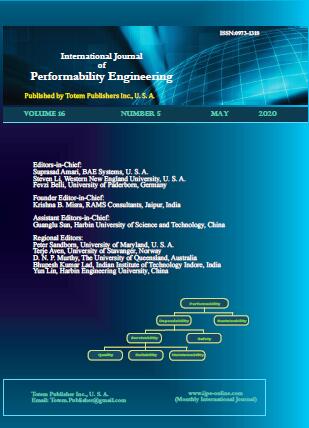Offshore oil and gas activities involve risks and have the potential for major accidents, where undesirable events can escalate into acute pollution or losses of production and even human lives. To protect against such events, safety-instrumented systems are installed for early alarming, shutdowns, and mitigation of consequences. Safety-instrumented systems are attracting increasing attention. However, the previous five years show an apparently increasing trend in notifications related to so-called 'non-verifiable incidents' in posterity for these systems, where the causal factor often appears to be insufficiently understood and improperly documented at an early stage.<br/>Today's safety-instrumented systems widely record analogue values from a large number of instruments, where automatic alarm and activation are based on pre-configured limits (acceptance criteria). These are raw amperage data that are rarely presented as is in daily operation; instead, they are converted to numerical values and visualized using image processing software, i.e., in mimics. However, this is considered insufficient to establish proper situational awareness. To differentiate between different conditions, the recorded values should be seen in context with system design and expected signature curves for actual activations. <br/>In this article, our hypothesis is that a specific safety-instrumented system, having its defined functionality, will produce a unique signature curve when the assigned function is carried out as intended, and that knowledge of this curve can be used to filter out other faulty conditions. To test this hypothesis, we study relevant data recorded from sprinkler and deluge systems at an offshore oil and gas installation on the Norwegian Continental Shelf (NCS). By embedding trends with recorded data from the instruments into existing mimics, we show, based on the results, that real incidents can be recognized. This can potentially reduce the extent of notifications related to non-verifiable incidents.

